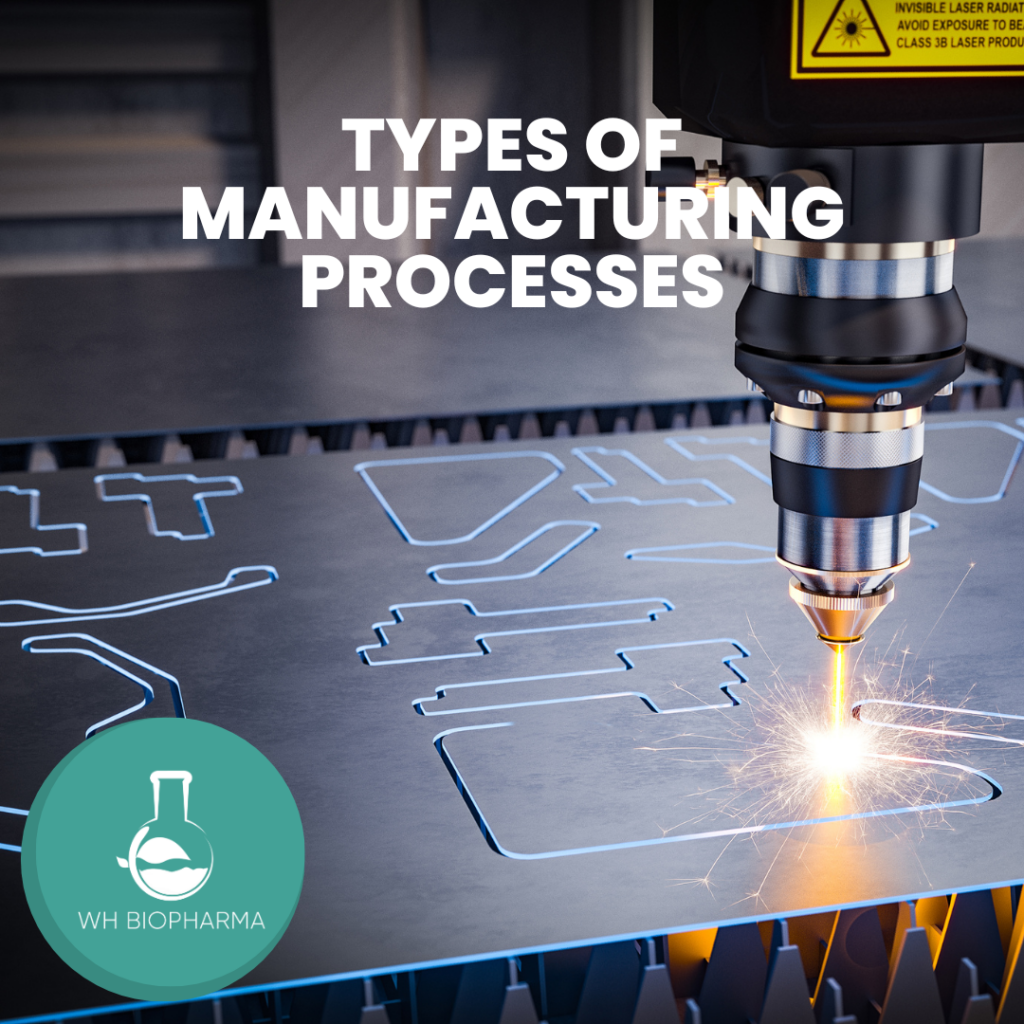Manufacturing is the backbone of our modern society, responsible for the creation of countless products that enrich our lives and drive economic growth. From the clothes we wear and the electronics we use to the vehicles we rely on for transportation, manufacturing processes shape the world around us. Understanding the fundamentals of manufacturing not only grants us insight into the intricate processes involved but also empowers us to appreciate the innovation, precision, and dedication that go into creating the goods we rely on daily.
We will explore the core concepts, types of manufacturing processes, and the overall workflow that brings products from concept to completion. We will delve into the significance of manufacturing, not only as an economic driver but also as a catalyst for technological advancements and global trade. Additionally, we will discuss the challenges faced by the manufacturing industry and the future trends that are shaping its evolution.
Whether you’re completely new to the field or have some basic knowledge, this guide will equip you with the essential knowledge to grasp the manufacturing process and its various facets. By the end of this journey, you will have a solid understanding of the manufacturing industry and its impact on our daily lives, as well as the exciting opportunities and challenges it presents.
What is Manufacturing?
To lay a solid foundation, let’s start by defining manufacturing. Manufacturing refers to the process of transforming raw materials or components into finished products through a series of systematic steps and operations. It involves the use of machinery, tools, and human labor to create goods on a large scale.
Importance of Manufacturing:
Manufacturing plays a pivotal role in economies worldwide. Here, we explore its significance:
Economic Growth
Manufacturing drives economic development by creating jobs, generating revenue, and fostering innovation. It forms the backbone of many countries’ industrial sectors.
Product Availability
Without manufacturing, we wouldn’t have the plethora of products available in the market today. From everyday items like clothing and household appliances to advanced technologies such as computers and automobiles, manufacturing enables mass production to meet consumer demands.
Global Trade
Manufacturing facilitates international trade by producing goods for export. It promotes economic interdependence between nations and contributes to globalization.
Types of Manufacturing Processes:

Manufacturing processes can be broadly categorized into three main types:
Casting: This process involves pouring molten material, such as metal or plastic, into a mold to create a specific shape. It is commonly used in the production of metal components, automotive parts, and consumer goods.
Forming: Forming processes involve shaping materials by applying pressure, heat, or other forces. Examples include forging, stamping, and bending, which are used to create items like metal sheets, pipes, and structural components.
Machining: Machining processes involve removing material from a workpiece to achieve the desired shape and dimensions. Common machining techniques include drilling, milling, and turning, and they are often used in the production of precision parts and components.
The Manufacturing Workflow
Now, let’s explore the typical workflow involved in the manufacturing process:
Design and Planning: The manufacturing process begins with product design and planning. Engineers and designers create detailed specifications and prototypes, considering factors such as functionality, aesthetics, and cost.
Sourcing of Raw Materials: Manufacturers procure the necessary raw materials, ensuring their quality and compliance with industry standards. This step involves establishing supply chains and maintaining relationships with suppliers.
Production: The production phase involves transforming raw materials into finished products. It includes various operations, such as cutting, shaping, assembling, and finishing, depending on the manufacturing process employed.
Quality Control: Throughout the manufacturing process, quality control measures are implemented to ensure that products meet predetermined standards. Inspections, testing, and quality assurance procedures help identify and rectify any defects or deviations.
Packaging and Distribution: Once the products pass quality control, they are packaged and prepared for distribution. Packaging not only protects the goods but also communicates essential information to consumers. Distribution channels, logistics, and inventory management play a crucial role in delivering products to the market efficiently.
Challenges and Future Trends:
Manufacturing faces several challenges in the modern world, including the need for sustainable practices, skilled labor shortages, and technological disruptions. However, numerous trends are shaping the future of manufacturing:

Industry 4.0 and Automation: The integration of advanced technologies, such as artificial intelligence, robotics, and the Internet of Things, is revolutionizing manufacturing processes, leading to increased efficiency, productivity, and flexibility.
Sustainable Manufacturing: With growing environmental concerns, there is a rising focus on sustainable manufacturing practices. This includes reducing waste, optimizing energy consumption, and utilizing eco-friendly materials.
Additive Manufacturing: Also known as 3D printing, additive manufacturing allows for the creation of complex shapes and prototypes using layer-by-layer material deposition. This technology has the potential to transform traditional manufacturing processes by enabling customization and reducing waste.
Manufacturing is a multifaceted process that underpins our modern society. From the products we use daily to the industries that drive economies, manufacturing plays a pivotal role. This beginner’s guide aimed to provide you with a comprehensive overview of manufacturing processes, their importance, and future trends. As you continue to explore the world of manufacturing, remember that innovation, sustainability, and adaptability are key factors shaping its future.





